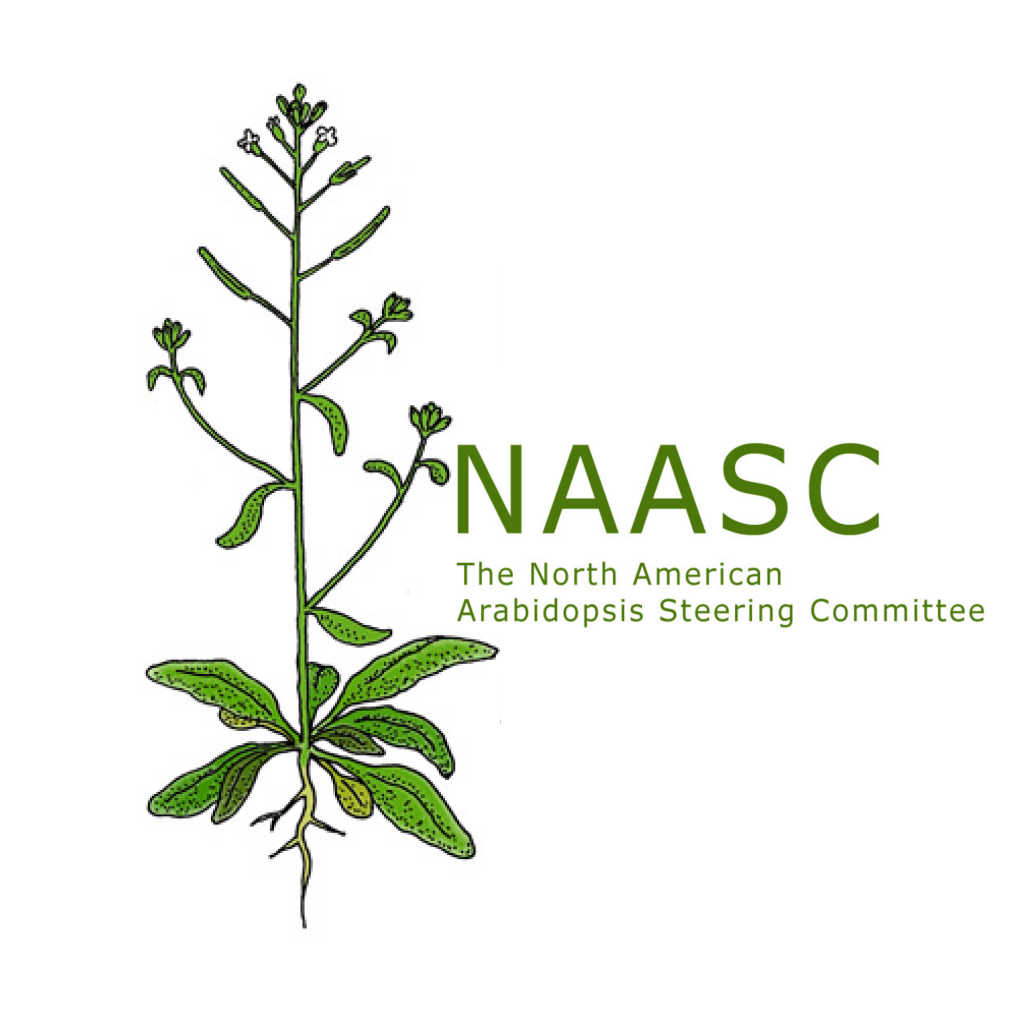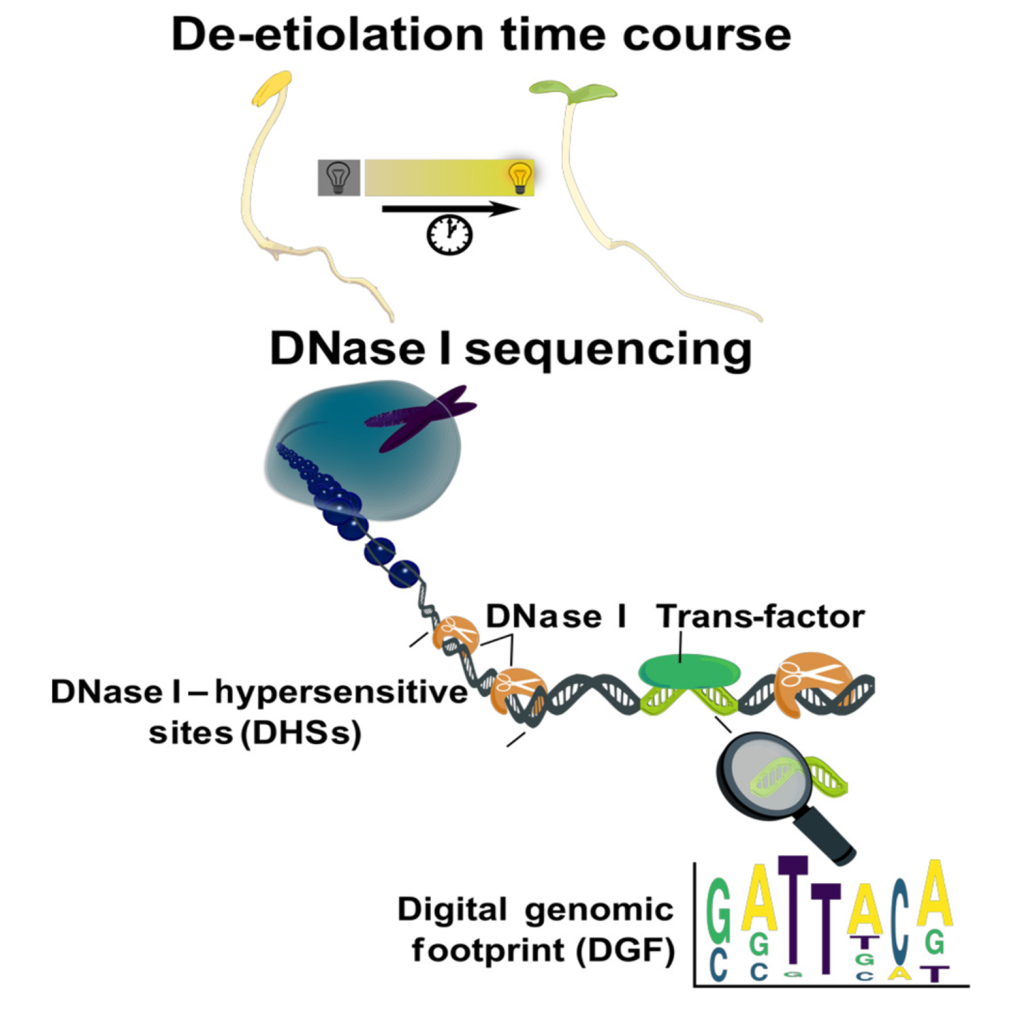
Gaining cis-elements contributed to enhanced expression of C4 genes
Plant Science Research WeeklyC4 photosynthesis is derived from C3 photosynthesis. When related genes are compared, those involved in C4 photosynthesis tend to be more highly expressed. To understand this phenomenon, Singh et al. undertook a very impressive approach to look at transcriptional regulation of essentially all the photosynthetic…
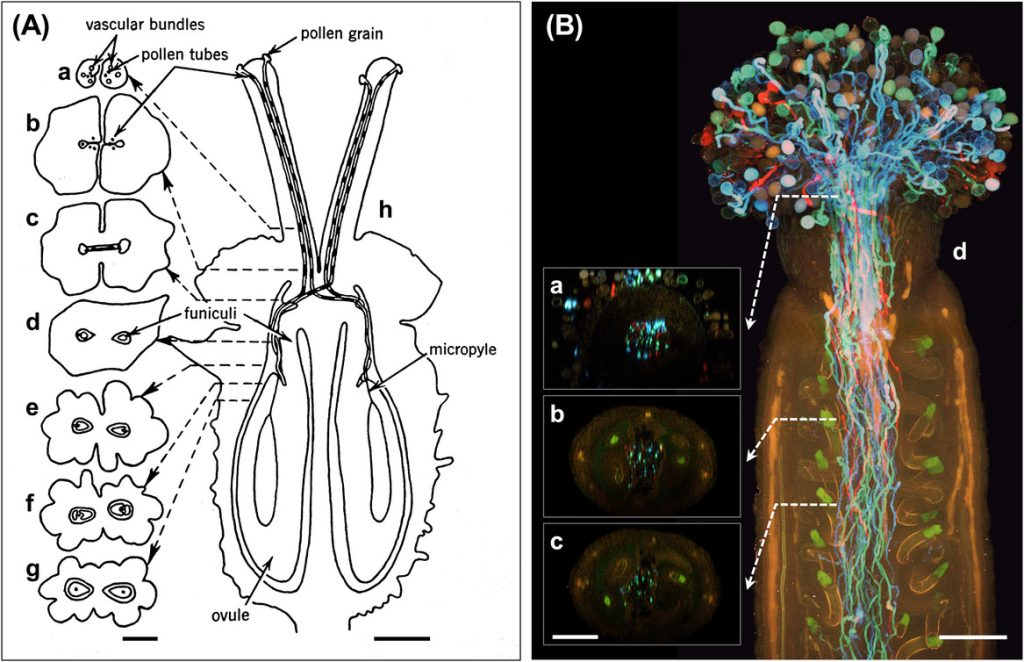
Seeing clearly: Plant anatomy through Katherine Esau’s microscopy lens
Plant Science Research WeeklyThis is a fun and interesting paper that combines two threads, a historical overview of the many contributions of Katherine Esau to plant anatomy (many of you have her book on your shelf) and the historical advancements in microscopy. Geitmann weaves these threads together by putting Esau’s drawings…
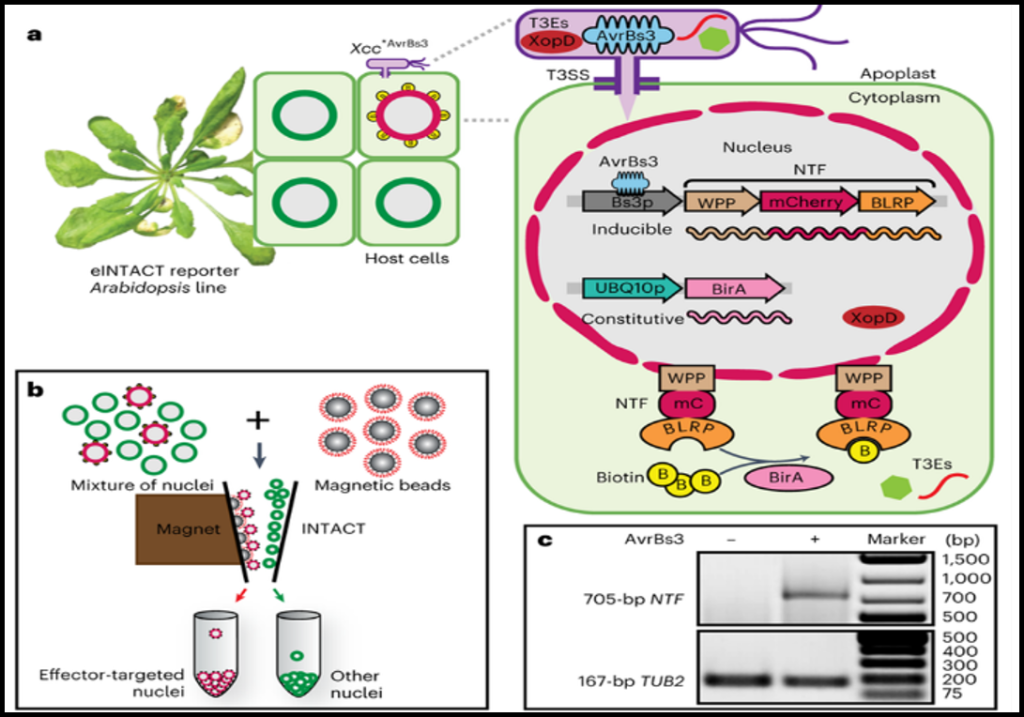
eINTACT – An effective system for isolating effector-recipient cells in plant tissues
Plant Science Research WeeklyBacteria can cause plant diseases by secreting small molecules called effectors. Studies of these effectors on host plants mostly have not accounted for the cellular complexity of plant tissues. The difficulty of detecting and isolating effector-recipient cells means that scientists mostly use bulk-infected…

Update: Toward a data infrastructure for the Plant Cell Atlas (Plant Physiol)
Plant Science Research WeeklyThe ability to analyze the information contained within a single cell, for example through single-cell RNA sequening (scRNA-seq) presents exciting possibilities to biologists. Building on this and similar technologies, the Plant Cell Atlas (PCA) (www.plantcellatlas.org/) has the goal of creating an information…
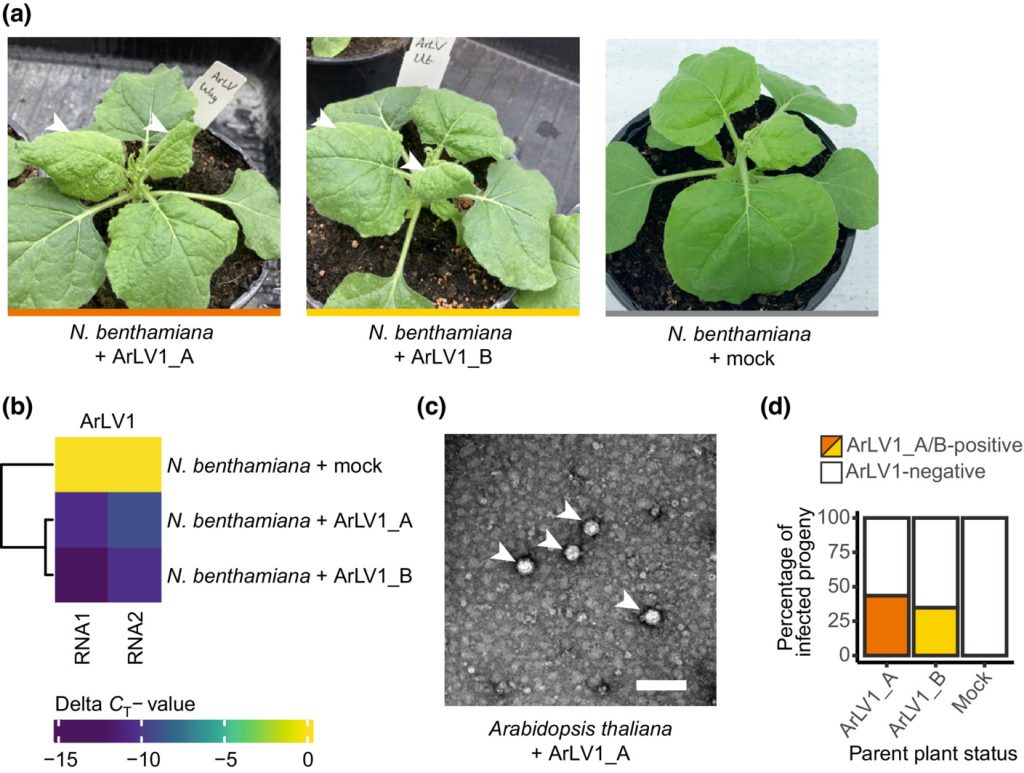
Arabidopsis latent virus 1, a comovirus widely spread in Arabidopsis thaliana collections (New Phytol)
Plant Science Research WeeklyArabidopsis thaliana has been established as a versatile and important model plant species, with abundant genetic and genomic resources. Through RNA sequencing, Verhoeven et al. identified an unexpected and previously unnoticed latent comovirus (the name “como” derives from cowpea mosaic virus) lurking…
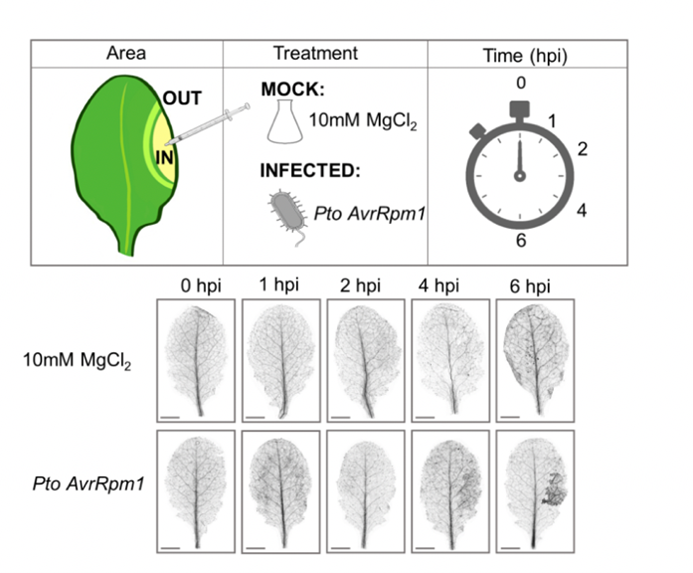
Robust transcriptional indicators of immune cell death revealed by spatio-temporal transcriptome analyses (Mol Plant)
Plant Science Research WeeklyMany plants trigger a form of cell death, known as the hypersensitive response (HR), immediately upon pathogen recognition. To minimize damage to the plant, this cell death must be highly localized to the site of attack, while more distal cells survive and activate other immune responses. However, the…
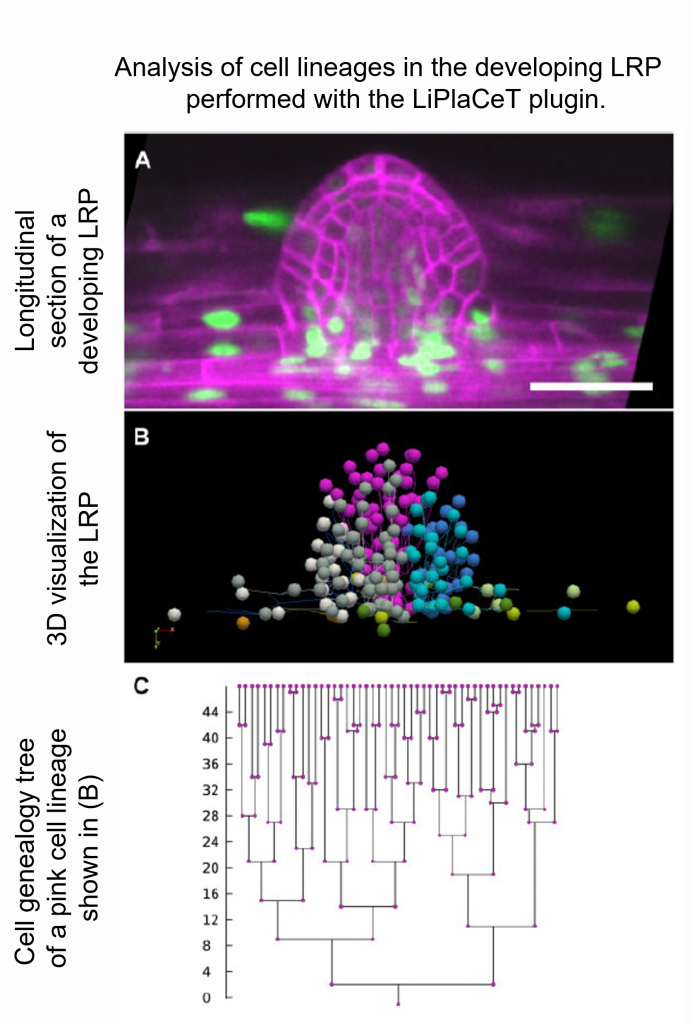
Live Plant Cell Tracking: A Fiji plugin to analyze cell proliferation dynamics and understand morphogenesis (Plant Physiol.)
Plant Science Research Weekly
Live Plant Cell Tracking: A Fiji plugin to analyze cell proliferation dynamics and understand morphogenesis
Morphogenesis in plants occurs in 3D space over time, referred to as 4D. Recent advances in high-resolution microscopy imaging and computational pipelines have helped to better understand…
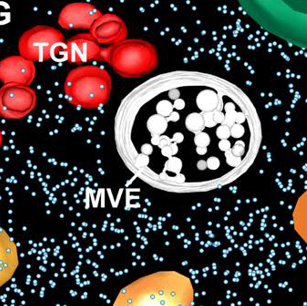
Review: 3D electron microscopy for imaging organelles in plants and algae (Plant Physiol)
Plant Science Research WeeklyHave you noticed that the quality and resolution of cell images has been getting better and better? Weiner et al. review the recent advances in 3D electron microscopy (EM) technologies that have provided these strikingly beautiful and informative images. Like “classic” transmission EM, EM tomography…


